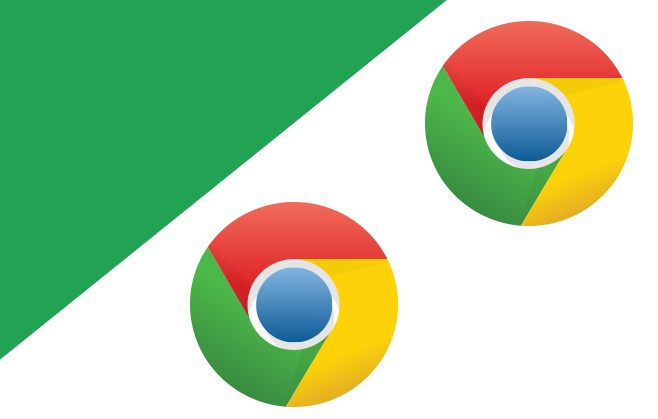
Google Plus: What next?
Despite claims of Google Plus’s vast user base, the site has never taken off in comparison to its rivals. Boasting 300 million monthly users at its peak, we at The Practice always wondered if that figure really stacked up. Now, in the wake of recent news, it’s clear that the social platform is slowly moving away from its original premise.
Google announced this week that users will no longer be required to have a Google Plus account in order to access YouTube, as well as the company’s other services. Essentially, we’ll be able to use Google’s features without a Google Plus profile, although as the changes will be implemented over the next few months, Google has made it clear that YouTubers shouldn’t delete their accounts just yet- or they might lose their channels in the process. Separating YouTube from Google Plus is surely one of the company’s most significant moves to date, and it will surely delight YouTube commenters and creators, who had happily been posting to the site, long before Google stepped in and required them to set up a Plus profile. And for Google Plus itself, the company announced a re-evaluation of the platform, adding features that have proven to add to the enjoyment of the site, such as Collections, while moving the Photos service to a new Photos app, for instance. Many of the network’s social sharing features will also be re-jigged- sharing your location for instance, will now only be available when messaging and using Google Hangouts.
Back in March, we witnessed something of a “first phase” break up of Google Plus, with Google separating its “Photos” and “Streams” features, making them more important as stand-alone products. Then just a couple of months later, we also saw something surprising- Google Plus’s first tweet, leading many of us to wonder just what this signified. We speculated that this signalled the company’s increasing partnership with Twitter, and most likely, that it had some big news to announce. Since then, we’ve not seen any revolutionary announcements as such, but this latest news is certainly part of Google’s plans to evolve its ailing platform.
So what will this mean for marketers? The fact is, there will be fewer Google Plus accounts, now that having one is not necessary to use the company’s other features- we’ll definitely see a decrease in sign ups, and likely, many users will also delete their existing profiles. With less social interaction and activity, it may well be worth it for brands to focus their attentions on other existing platforms. Luckily, we always encourage businesses to spread their marketing efforts across all major platforms relevant to them, so those exiting Google Plus or noticing dwindling engagement shouldn’t be too concerned that their work has gone to waste, if they have maintained other strong social profiles. And who knows- social media is a fickle world, meaning we might see Google Plus Collections rise to rival Pinterest, for instance, or its Photos feature even evolve to compete with the likes of Instagram. The key take-away from the site’s air of uncertainty is the importance for marketers to cast a wide net, and of course adapt with each new change.
What do you think about Google’s new announcements? We’d love to hear your thoughts, so please tweet to us @PracticeDigital and share your comments on our Facebook page.




